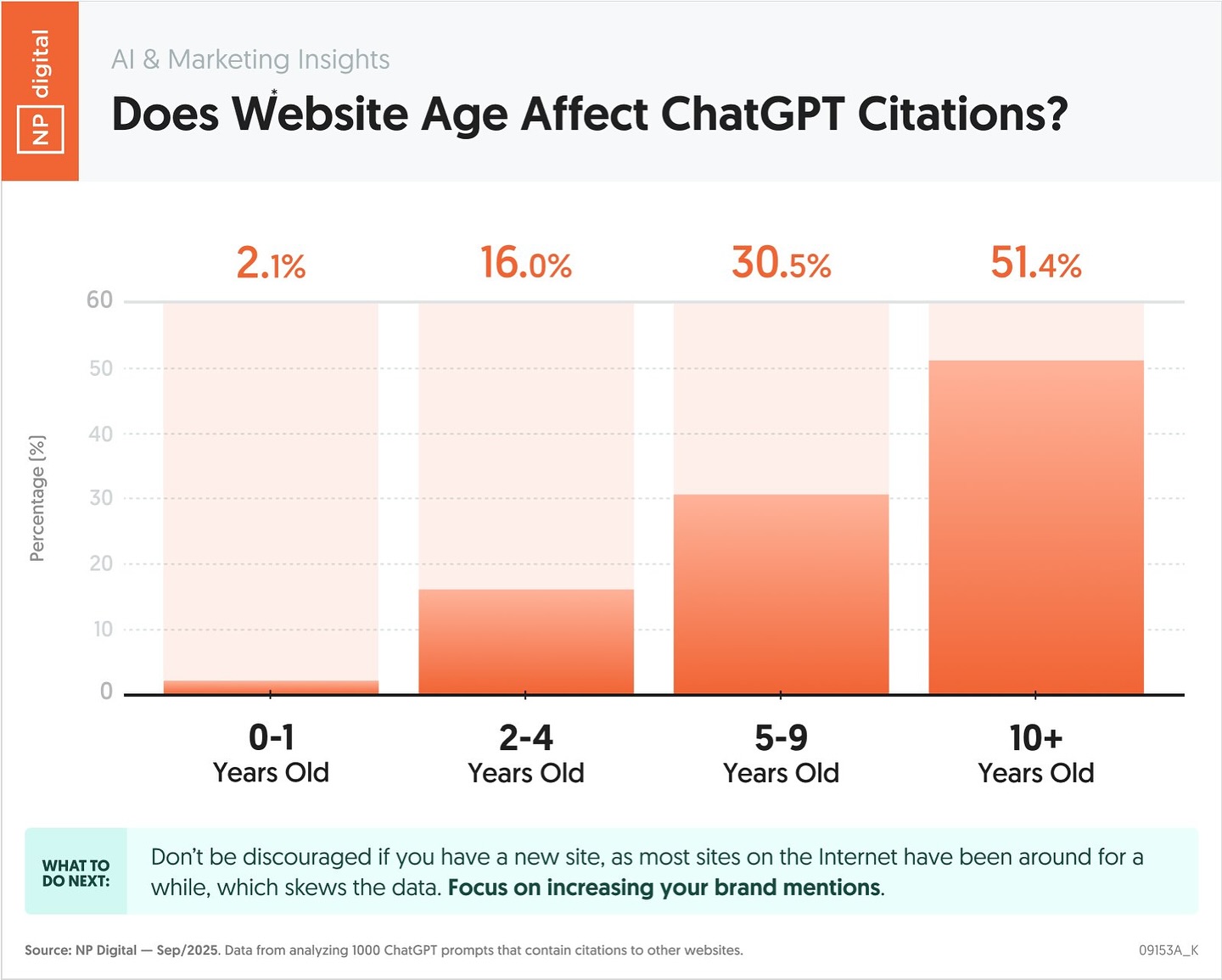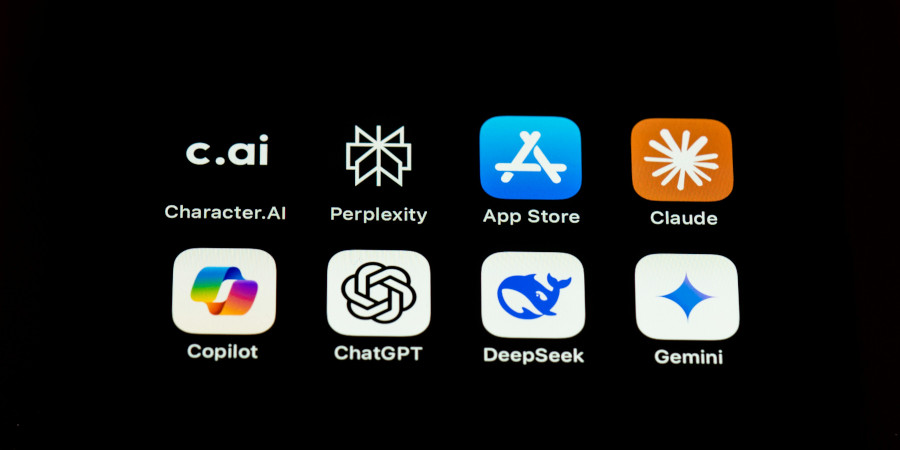“Does it still matter to work on SEO now that more and more people are looking for answers directly on ChatGPT?”
This is a question we’ve been hearing a lot from our customers lately, and it’s a fair one. When your potential clients are asking AI tools for recommendations instead of Googling, where does that leave traditional SEO?
Here’s the thing: SEO isn’t going anywhere; it will actually be the foundation of what helps your brand get mentioned when users research on ChatGPT, Perplexity, and other AI tools.

What we’re seeing is the birth of Generative Engine Optimization (GEO)—and honestly, despite all the hype, in terms of online strategy, this is more an extension of the good SEO practices we’ve advocated for years, with a few new twists than a complete revolution.
While our digital marketing agency works with clients globally, the practical AI ranking recommendations we’ll share in this article apply regardless of your industry or whether your business is located in Vietnam or anywhere else in the world.
What Exactly is Generative Engine Optimization?
Let’s cut through the jargon.
Generative Engine Optimization is simply getting your content cited and mentioned in AI-generated answers. Think ChatGPT, Google’s AI Overviews, Perplexity, Claude, and all those AI tools your customers are increasingly using instead of traditional Google searches.
Unlike traditional SEO, where you’re fighting for that coveted #1 ranking, GEO is about becoming part of the conversation. It’s about ensuring that when someone asks an AI tool about your industry, your brand gets mentioned as a trusted source.
This isn’t just about content optimization (though that’s important). It also includes:
- Publishing in the right places where AI tools actually look
- Building brand mentions across the web, even without direct links
- Making your content technically accessible to AI crawlers
- Earning trust signals that AI systems recognize and value
The goal? When AI tools answer questions in your space, you want to shape that conversation, not just hope for a click.
Why You Should Care About GEO Right Now
“But we’re already doing SEO—isn’t that enough?” “Do we really need to worry about this AI stuff right now?”
Yes and no. It’s true that good SEO practices could have likely already positioned you well, but AI queries are exploding and there are real differences in how AI crawlers work compared to Google’s.
This means that GEO is really where your biggest margin for progression lies (assuming your website have already all the SEO fundamentals).
The Numbers Don’t Lie
Here are some data points that back up what we’re seeing with our agency’s clients:
- LLM-driven traffic is up 800% year-over-year for many platforms
- Semrush predicts LLM traffic will surpass traditional Google search by end of 2027
- ChatGPT reached 100 million users faster than any app in history
- Google’s AI Overviews appear already on billions of searches monthly, covering at least 13% of all search results
But here’s what really matters for your bottom line: According to SEMRush AI search visitors convert 4.4 times better than traditional organic visitors. Yes, you read that right—4.4 times better!
The difference is even bigger when looking at Ubersuggest’s Data, with a x23 factor between SEO and AI traffic in terms of conversion rates:

It’s Your Brand’s 24/7 Sales Rep
When AI tools mention your brand in their responses, you’re instantly part of the consideration set. Think about it: users are asking detailed questions and getting comprehensive answers that include your brand as a trusted recommendation. That’s incredibly powerful positioning.
But here’s the key difference from traditional search: Google gives you a link to click; AI tools give you the full argument.
When someone googles “best project management software,” they get a list of blue links and maybe some featured snippets. They still need to click through, read multiple articles, and piece together their own comparison.
When someone asks ChatGPT or Perplexity the same question, they get something completely different:
- A detailed, argumentative response that explains why certain tools work better for specific situations
- Numbered facts and direct comparisons between different options
- Context-specific recommendations based on team size, industry, or budget
Your brand positioned within this comprehensive analysis. Instead of competing for a click, you’re competing to be the recommended solution within the AI’s reasoning. The user isn’t just seeing your brand name—they’re reading a personalized case for why your product might be their best choice, complete with specific benefits and use cases.
This is why getting mentioned in AI responses is so much more valuable than a traditional search ranking. You’re not just getting visibility; you’re getting advocacy!
How to Actually Implement GEO
Step 1: Get Your SEO House in Order First

Good GEO is built on solid SEO fundamentals. If you’re already doing SEO well, you’re 70% of the way there.
Focus on these essentials:
Make Your Site Bot-Friendly:
- Ensure your site loads fast and works perfectly on mobile
- Use HTTPS (seriously, it’s 2025—if you’re still on HTTP, fix this today)
- Make sure search engines can actually crawl and index your pages
- Consider server-side rendering if you’re heavy on JavaScript
Prove You’re Trustworthy (E-E-A-T):
This is where many businesses fail. AI systems are incredibly picky about source credibility. You need to demonstrate:
- Experience: Share real results, case studies, actual outcomes
- Expertise: Don’t try to be everything to everyone—focus on what you genuinely know
- Authority: Get quoted, guest post, contribute to reputable industry sites
- Trust: Clear author bios, proper citations, customer testimonials
Domain Age Matters More Than You Think:
One often-overlooked factor in GEO is the age of your website. From Ubersuggest’s testing, AI systems rarely cite domains that are less than a year old. The older and more established your site is, the higher the chance it will be picked up and mentioned in AI responses. This doesn’t mean new sites can’t break through—but it does mean younger brands need to double down on publishing high-quality, cited content and earning early mentions across trusted platforms.
Step 2: Think Beyond Backlinks—Build Brand Mentions
Here’s something most people miss: AI systems consider every mention of your brand, even without a direct link. This changes a bit the rules.
Start with an Audit: Search for your brand across Google, social media, Reddit, industry forums. Test how AI tools currently mention your brand. The results might surprise you (and not always in a good way).
Focus on Co-Citations: This is where the magic happens. You want your brand mentioned alongside:
- Competitors (in comparison articles, industry roundups)
- Key terms that define what you do
- Different, unrelated websites (shows widespread recognition)
Actionable Steps:
- Participate in industry surveys and studies
- Engage genuinely in Reddit and LinkedIn communities
- Seek inclusion in “best of” lists and comparison articles
- Build relationships with industry journalists and bloggers
Step 3: Go Multi-Platform (Because AI Tools Do)

AI systems don’t just read websites—they pull from everywhere. This means your presence needs to be diverse.
Key Platforms for AI Visibility:
- YouTube: Product demos, tutorials, industry commentary
- Podcasts: Transcripts are increasingly showing up in AI results
- TikTok/Instagram Reels: Short-form content answering common questions
- Reddit & LinkedIn: AI tools love citing user-generated discussions
The goal isn’t to be everywhere—it’s to be where your audience asks questions and where AI tools are likely to find quality content.
Step 4: Research What AI Tools Are Actually Citing
This is crucial intelligence work. You need to understand what sources AI tools trust in your space.
- Manual Testing (Start Here): Spend an hour asking relevant questions on ChatGPT, Claude, Perplexity. Note which sources they cite, the tone of mentions, and what’s missing. Try different question variations.
- Use Dedicated Tools: For serious tracking, consider platforms like Semrush’s AI Toolkit, Profound, ZipTie.Dev, or Peec AI. These can run hundreds of prompts at scale and give you comprehensive visibility data. Just be aware that our tests so far have shown that the results are largely approximations.
Step 5: Answer Real Questions (Not Keywords)
This is where content strategy gets interesting. AI search is conversational, which means people are asking full, detailed questions like:
- ❌ “project management software”
- ✅ “what’s the best project management software for a remote team of 15 people in the healthcare industry?”
Find Real Questions:
- Mine your support tickets and sales calls
- Browse Reddit and Quora in your industry
- Look at “People Also Ask” sections in Google
- Ask your customers what they wished they’d known before buying
These real-world queries are GEO gold because most companies aren’t creating content for them yet.
Step 6: Structure Content Like AI Systems Want It
AI tools break content into chunks and analyze relationships. This means structure is everything.
Content Formatting Best Practices:
- One idea per paragraph—keep it focused and scannable
- Front-load key information—put the answer at the beginning
- Use clear, descriptive headings that match how people ask questions
- Include direct quotes and statistics—these increase AI citation by 30-40%
- Add schema markup (FAQ schema, HowTo schema) when relevant
- Bold important information for both human and AI readability
Make It Citation-Worthy:
- Provide complete, standalone answers
- Include credible author bios with relevant experience
- Use concrete data and measurable outcomes
- Write like you’re answering a friend’s question—be helpful, not salesy
Step 7: Track Your AI Visibility (This Is Critical)
You can’t improve what you don’t measure. Start tracking your GEO performance now to establish a baseline.
- Start Simple: Regularly test relevant questions across different AI platforms. Keep a simple spreadsheet noting when you’re cited, the context, and the sentiment.
- Scale Up: For comprehensive tracking, invest in dedicated LLM visibility tools. They can monitor brand mentions, track sentiment changes, and show you competitive positioning across hundreds of queries.
The key is to start tracking now—this space is evolving rapidly, and you want historical data to identify trends and opportunities.
Conclusion: SEO Fundamentals Still Rule
Here’s what we tell every client: GEO isn’t replacing SEO; it’s building on top of it.
If you’ve invested in solid SEO practices, you’re already ahead of the game. The same fundamentals that make Google trust your content also help AI systems decide which sources to reference:
- Creating genuinely helpful, high-quality content
- Making it technically accessible and fast-loading
- Building credible mentions and authority signals across the web
- Focusing on user experience and expertise
But here’s the difference: the bar is higher now. While traditional SEO was about rankings, AI-era visibility means your brand needs to be mentioned, cited, and trusted everywhere your audience might discover you.
At Knok Studios, we help businesses not only rank on Google but also get cited, trusted, and recommended by AI tools like ChatGPT, Perplexity, and Google’s AI Overviews.
Whether you’re in SaaS, e-commerce, or professional services, our team combines solid SEO fundamentals with Generative Engine Optimization strategies to make sure your brand becomes part of the conversation – not just another link in the search results.
👉 Let’s talk about how we can position your business for the next wave of search. Contact us today.










